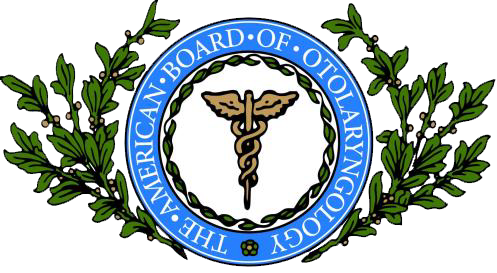
Tongue Tied Treatment
Tongue Tied Treatment – About
The condition is present at birth. A short, tight band of tissue tethers the tongue’s tip to the floor of the mouth. It can affect how a child eats and speaks, and can interfere with breastfeeding.
Symptoms include difficulty sticking out the tongue past the lower front teeth or lifting it to the upper teeth, though many people have no symptoms.
Tongue Tied Treatment – Diagnosis
In making a diagnosis of tongue tie, the two traditional criteria have been acute malnourishment or misarticulation of tongue tip sounds such as ‘t’, ‘d’, and ‘n’.
However, there are several other factors which can be attributed to the limitations of lingual ability that accompany a tongue tie and these should be considered in any assessment of whether a tongue tie exists and whether surgical intervention is warranted. The other factors include:
- Appearance of the tongue and its movements.
- Maternal factors including pain, nipple injury, blocked ducts or mastitis during breastfeeding.
- Infant factors including low weight, vomiting and gagging.
- Lack of lingual mobility which affects speed and accuracy of tongue movements.
- Eating difficulties caused by poor coordination of oral musculature.
- Dribbling – which is prolonged.
- Dental problems which are severe and wide ranging.
- Speech which is unclear due to several aspects, especially coordination.
Tongue Tied Treatment – Treatment
While the existence of tongue tie (ankyloglossia) has never been questioned, the decision on whether surgery is an appropriate treatment has been the subject of many debates. Even today, the literature available tends to focus on different aspects depending on whether the author is a dentist, lactation consultant, speech-language pathologist, surgeon or general practitioner.
Although there is little consensus of opinion, there is still an ingrained reluctance to recommend surgery. As a result, there are many children who undergo several years of speech therapy with little or no improvement until the tongue tie is detected (often, by chance) and remedied. In fact, the possibility of a tongue tie being the cause should be part of the differential diagnosis performed when a speech pathologist sees a new patient. Surgical treatment of the structural defect should be the next step to be considered.
There are a few options available in the choice of interventions in cases of tongue tie:
- Snipping the frenum (sometimes referred to as ‘frenotomy’) of neonates.
- Surgical revision of the frenum (sometimes referred to as ‘frenectomy’, ‘frenulectomy’, or ‘frenuloplasty’) under a general anaesthetic at or after 6 months of age
- Revision of the frenum by laser without a general anaesthetic.
- Revision by electrocautery using a local anaesthetic.
All these methods are equally successful when used in appropriate circumstances.
Conditions Treated
Follow us


Your Health Starts Here
"*" indicates required fields
